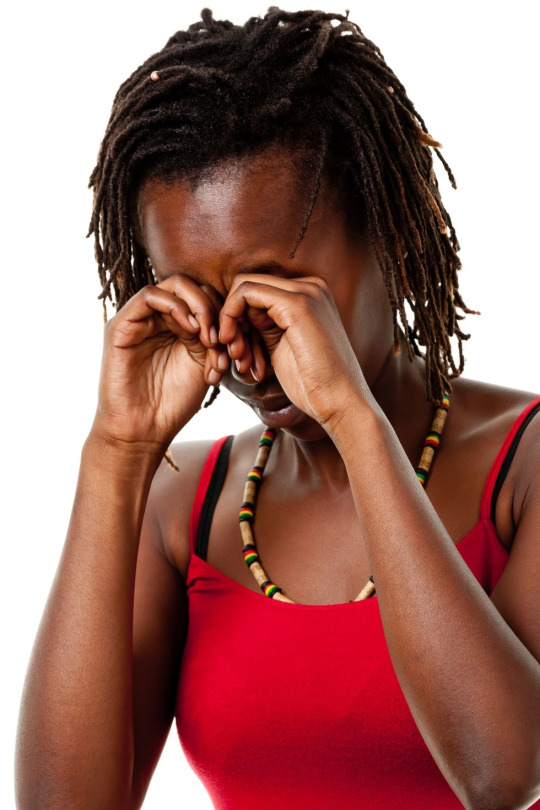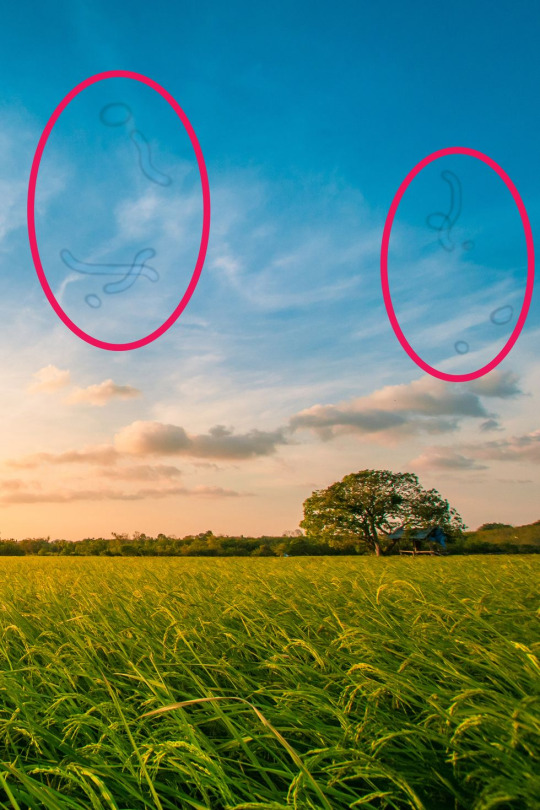Link
0 notes
Link
0 notes
Link
0 notes
Link
0 notes
Link
0 notes
Link
0 notes
Photo




An in-progression Presentation Slides prepared for Summative.
0 notes
Text
Research Question & Aims+Objectives
Research Question
How could Design be used as a tool to support Biology students and researchers in studying breeds and species of plants and birds of New Zealand nature?
Sub Questions
What are the limitations in information access for Nature Biology students and researchers?
How could information be delivered more visually to increase efficiency and understandings for young students?
How are teachers and professors teaching students in Biology?
How motivated students are in studying and researching variations of breeds and species in New Zealand nature?
What existing research tools and equipment are there?
How efficient are these tools? Are they helpful and motivating?
How can the system be convenient and supportive to assist and motivate students and researchers without disrupting the precision in knowledge?
How does the system raise awareness in nature protection that also targets other people besides students and researchers?
How can Design be applied to use on mobile phones and give the users immediate access to information when they need it?
How to design a great UX integrated software that students, researchers and regular users can easily understand?
How to make the system compact and efficient for the research and studying in nature Biology?
Aims & Objectives
Aims
The primary purpose of this project is to develop a solution that solves the limitations in researching and studying species of New Zealand nature. Biology students and researchers will be instilled with immediate information and knowledge to analyse in-depth about a creature/plant, its breed, class, order and family, etc., through visual aspects more excitingly and understandably. I notice and consider that motivation and assistance are essential for studying and researching, especially for such written-heavy subjects as Nature and Biology in general.
Secondly, I will also take into consideration, as a regular person who is not studying in Science and Biology industry, how would people like myself also be motivated and aware to understand, respect and protect the Nature of New Zealand and the whole world in general.
Objectives
I hope to create a software or service that assists students and researchers in Nature Biology effectively and motivating, without disrupting the precision in knowledge and information.
I envision a solution that could break down pieces and layers of information of a creature/plant for students and researchers to refer to on their projects.
Information breakdown would be visualised to refer to Whanau, Hapu, and Iwi in Maori World View. This represents the plant/creature itself, its breed, order and family, etc.
Great interface integrated software that is clear yet effective to use.
Sensor-based technology applied.
For other people to understand and preserve the beauty of livings in Nature.
My personal goal in this project is to develop my in-depth thinking and research in Design besides skills to form a foundation for my future career. This is an opportunity for me to practice users and professionals surveying, testing and interviewing since I started looking into this topic with little background in-depth knowledge.
0 notes
Text
HOW THE APPEARANCES OF YOUR EYES TELL ABOUT YOUR HEALTH. (A scannable external body part)

Eyes aren't just the window to your soul — they also offer a glimpse into your health. Changes in your eyes can signal vision problems, diabetes, stress, even retinal detachment. What's more, most of these you can actually see for yourself — assuming you know what to look for. We spoke to Natasha Herz, M.D., clinical spokesperson for the American Academy of Ophthalmology, about what your eyes reveal about your health, and how you know it's time to visit your doctor.

You could have an infection.
Do you wear contact lenses instead of glasses? Watch out for white spots on your cornea (that clear layer over the front of your eyeball). This is "quite common among people who wear contact lenses," Dr. Herz says, and can be a sign of a corneal infection.

You're too stressed.
Stress can manifest in many ways, one of which is an eye twitch. It's more annoying than concerning, but it can be a sign you need to get some more rest and manage your stress levels a bit more, Herz says.

You could have diabetes.
Blurred vision usually means you need glasses — but you should have your eyes checked no matter what. Not only can blurred vision signal a medical problem with the eye itself (like cataracts or macular degeneration), it can also be a sign of a more serious illness like diabetes. In fact, an August 2014 study found that 73% of diabetic patients sampled reported blurred vision. Even without trouble seeing, your ophthalmologist may be able to detect diabetes during an eye exam based on irregularities in your retina.

Your cholesterol is too high.
If you notice a white ring forming around your corneal arcus (that's medical speak for your iris), it might be time to visit your ophthalmologist as well as your GP for a check-up. While this particular color change is most commonly a sign of aging, Herz says it can also be an indication of high cholesterol and triglycerides — which might mean an increased risk of heart attack or stroke.

Your blood pressure is too high.
In addition to upping your risk for heart disease and strokes, untreated high blood pressure can also damage the blood vessels in your retina, known as hypertensive retinopathy. You can't see the effects in the mirror, but your doc will be able to spot the damage during your eye exam — even more reason to stick to your annual screenings, considering tipping you off to high blood pressure could actually save your life.

You have allergies.
If your eyes are super dry and the skin around them is looking a little worn, you might be unconsciously rubbing your eyes too often. "Rubbing your eye hard or often can cause your eyelid to become looser, more relaxed and even saggy," Herz warns. "If the eyelid sags away from eye, it not only causes wrinkles, but also allows increased exposure to air and can make the eye become overly dry." One of the most common culprits of itchy eyes: seasonal allergies.

Your retina could be in danger.
You know those little specks that move around your field of vision sometimes? They're called eye floaters and, while they're relatively common, they also shouldn't be dismissed. Herz warns that a sudden increase in the number of floaters you see could be a sign of a retinal tear or detachment (yikes!).

You need more zzzs.
If you notice that your eyes are puffy and red, don't assume you have an infection. It might just be a sign that you're tired. "In addition to twitching, lack of sleep can make the eyes more irritated and red," Herz explains.

You're getting too much sun.
Some people develop a yellowish patch or bump on the whites to the side of their iris, called a pinguecula. "A small percentage of these are pre-cancerous, but usually they are not," Herz says.
What causes them? "They are most often seen in people who spend a lot of time in the sun and are similar to a callus on the skin," she adds. But a December 2013 study looked at ultraviolet light's effects on the eye and found that wearing specific lenses may protect your peepers from sun damage, so talk to your ophthalmologist if you start seeing the patches.

You could have jaundice.
If the whites of your eyes are yellowing like old paper, it should come as no surprise that this is definitely a warning sign something is wrong in your body.
The biggest contenders for culprit? Jaundice, a condition that occurs when there's too much bilirubin — a yellow compound formed from the breakdown of red blood cells — in your blood. If your liver can't filter the cells, bilirubin builds up and can cause your eyes and skin to turn yellow. It's pretty rare in adults (sometimes babies are born with jaundice), but much of the time it's due to an infection like hepatitis, alcohol-related liver disease, or something blocking your bile ducts like gallstones or cancer.

You're spending too much time on the computer.
As much as we love Netflix, too much screen time could be causing your eyes to strain and tear up. "Although it sounds ironic for tearing to be a symptom of dry eye, it's the eye's response as it tries to make up for being too dry," Herz explains. "This is very common among people who spend much of their day looking at a computer screen or television screen."

You're straining your eyes.
Broken blood vessels may look alarming, but for the most part they're simply an indication that your eyes are working overtime. "It most likely is caused by coughing or straining," Herz explains. "Even though it looks blood-red and terrible, it is harmless and not indicative of any eye disease."
0 notes







